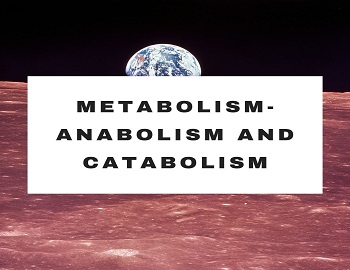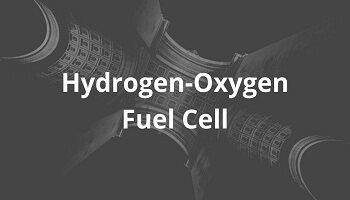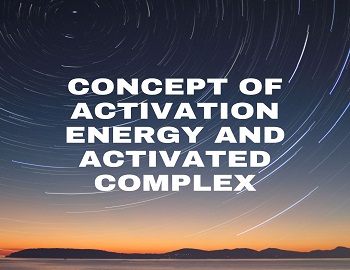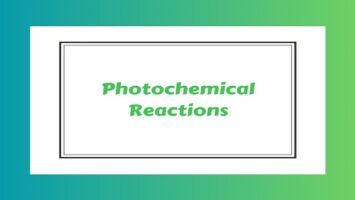Metabolism-Anabolism and Catabolism:
Metabolism refers to all chemical reactions necessary for the foodstuffs to be utilized by the body. In general, the chemical reactions or changes which are concerned with the production of heat to maintain body temperature and to supply energy for the vital activities constitute energy metabolism. The living systems produce energy either in the presence of oxygen or in the absence of oxygen. Systems that produce energy in the absence of oxygen are anaerobic whereas those which require oxygen for the production of energy are said to be aerobic. A living system involves a number of complex chemical reactions. The cell which is the smallest unit of life synthesizes a number of small and macromolecules from simple molecules.
Metabolism includes two phases-
- Anabolism- The set of chemical reactions by which the various molecules of the cell are synthesized is called anabolism.
- Catabolism- The set of reactions that involves the degradation of complex organic molecules into smaller ones and ultimately to CO2 and H2O with the liberation of energy is called catabolism.
The synthesis and degradation of molecules in the living system collectively constitute Metabolism. We can also say that both anabolism and catabolism are collectively referred to as the metabolism. Both anabolism and catabolism are dependants of one another and in the absence of one, the other does not exist.









Comments (No)